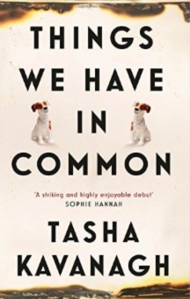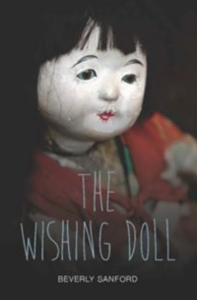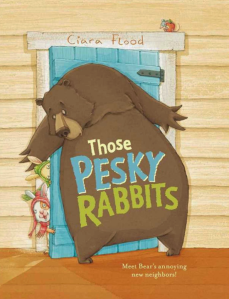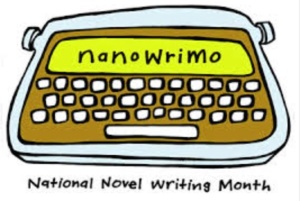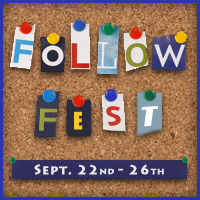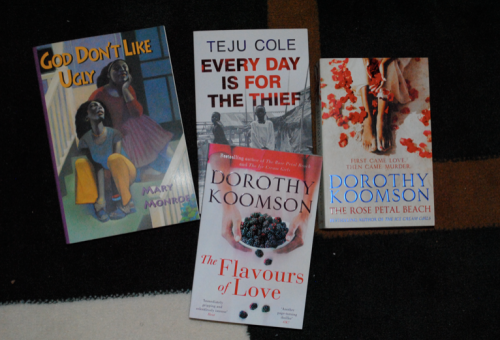My WIP would be stuck in neutral if it weren’t for my amazing writing circle. We meet for a couple of hours the third Saturday of every month and our discussions have had a transformative effect on my work.
Here are five reasons why I think every writer should be part of a circle.
1. They identify your weaknesses
I spent most of April stuck on chapter 4 of my WIP. I’d written it in a variety of ways, tried changing the viewpoint, adding detail, scaling back the length, moving the setting, introducing new characters, exploring the characters through diaries and a host of other things. By the time I took it to my group I was completely fed up with it.
My group immediately spotted that my stoic, taciturn lead character wasn’t connecting with the reader because I’d given her no way to express her feelings. They suggested I rewrite the chapter and focus on communicating her thoughts through her body language.
That bit of advice was like finding the Rosetta Stone. It unlocked everything I was struggling with in the chapter and made the rewrite a breeze. I never would have identified that problem on my own.
2. They offer encouragement
It’s inspiring to see a project belonging to a member of your group advance from a jangle of ideas to a finished novel. And when said novel gets sold to a huge publishing company it reminds you that, yes, dreams do come true, yes, hard work does pay off and yes, you can do it if you really want to.
Here are the books released by members of my London writing group over the last couple of years:
3. They stop you becoming a hermit
I am a social person. I’m also a writer. Often the two traits do not comfortably co-exist. I have to drag myself kicking and screaming to a quiet corner to sit and bang out my words. My writing circle gives me the opportunity to play communicate with other humans while still being productive.
4. Knowledge is power
How long should your agent letter be? Is Scrivener worth the money? Which local writing course is the best value for money? Writing circles are a hub of information as everyone chats and hums about the latest opportunities they’ve spotted. Learning from the experiences of fellow writers can save you time and money.
5. They keep you regular
I am a gold-star-level procrastinator who can be distracted by a leaf blowing across my window. But if you give me a deadline, I will work day and night and do whatever it takes to meet it. My writing circle gives me the push I need to write consistently. My circle co-members are far more disciplined than me but they admit our meetings help with churning through the many rewrites necessary to make an average project excellent.
Are you part of a writing circle? Do you find it helps improve your writing?



